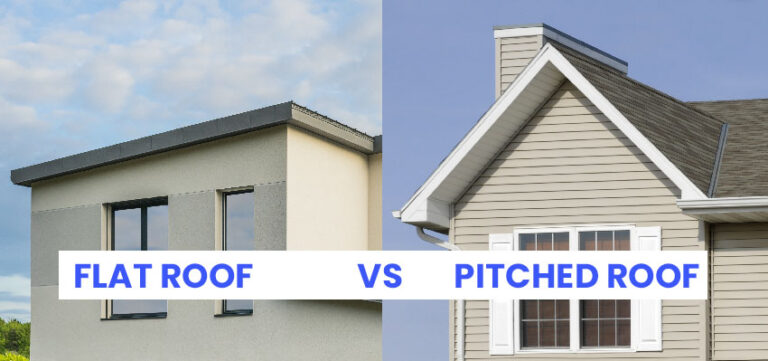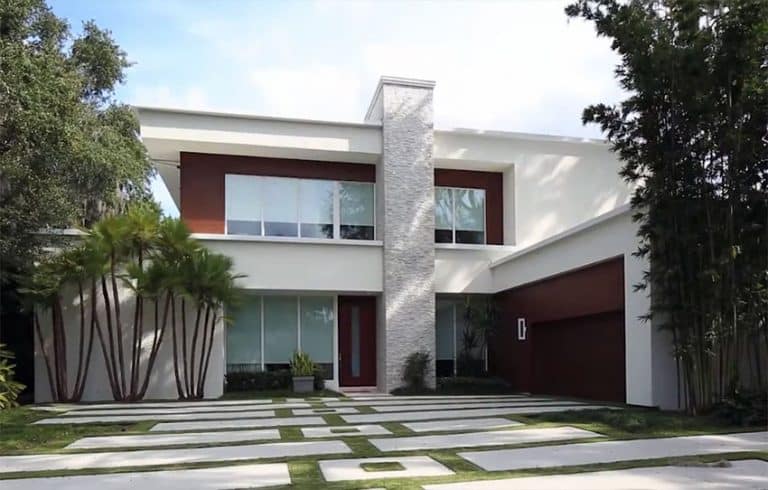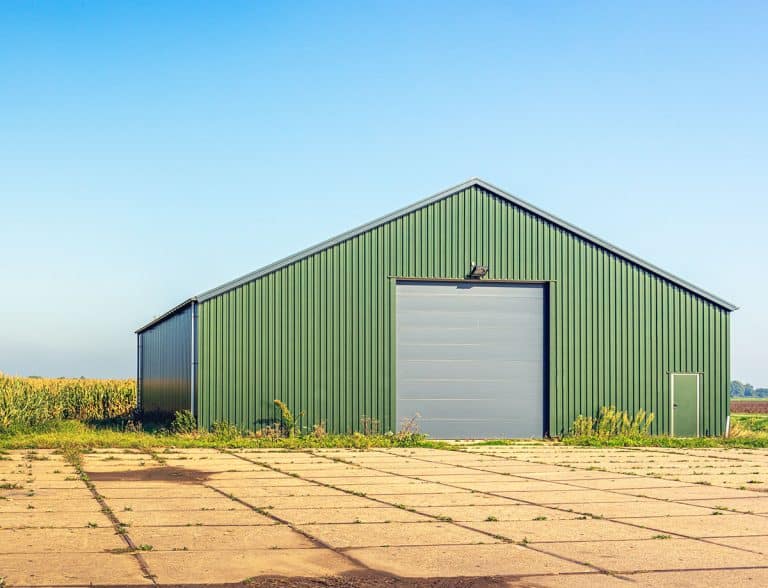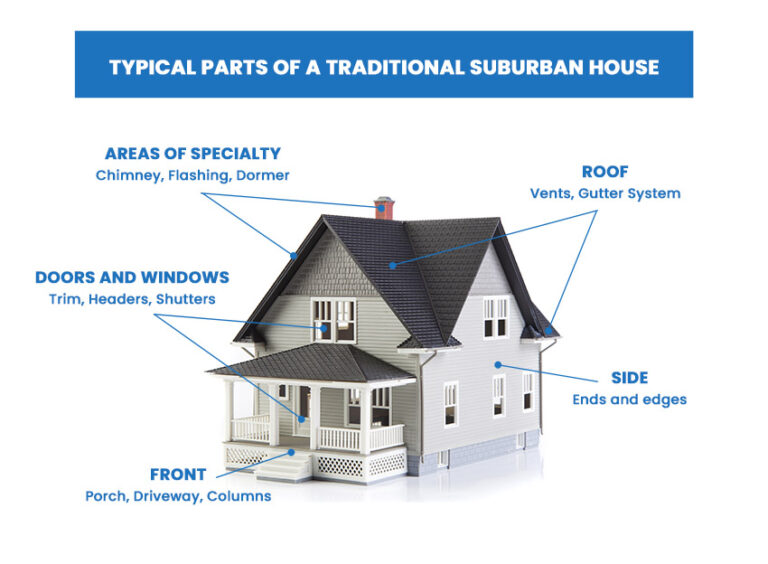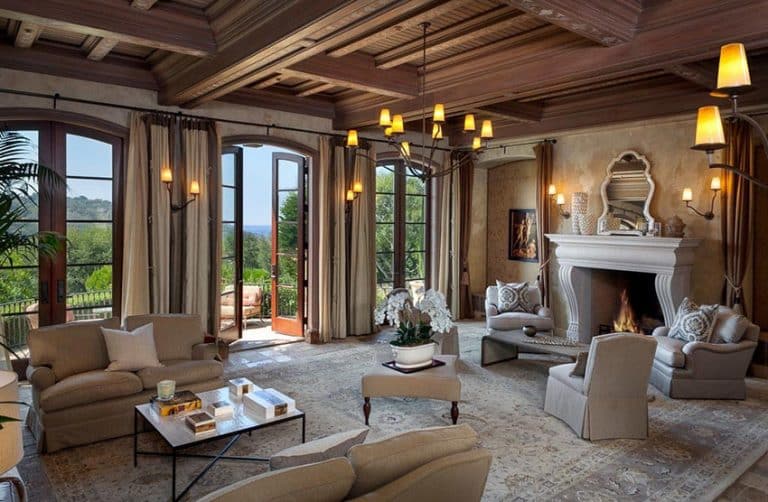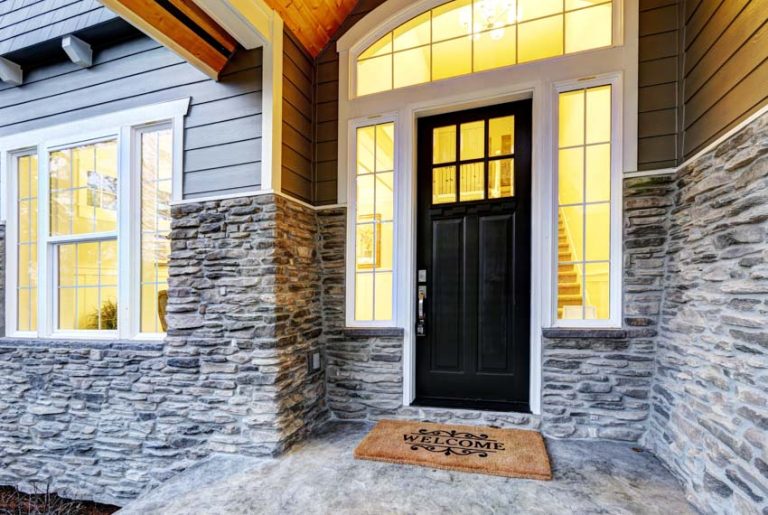7 Popular Mobile Home Sizes And Cost Ranges

Over ten million Americans call mobile homes their safe havens. Although these aren’t motorhomes you drive anywhere you want to start a new adventure, mobile homes offer enough versatility for families and individuals who prefer a change of scenery every few years. If you find the allure of owning one too irresistible, you will want to know the mobile home sizes to suit your budget and your family’s lifestyle.
Double Wide Mobile Home Sizes

As the name implies, a double-wide unit offers sufficient living space for a larger family. Some versions can feature two bedrooms for a three- or four-member household. Such variants can have a pair of bathrooms, expansive windows, and an eye-catching cottage-style exterior to make it stand out.
Double-wide mobile housing units can be as small as about 1,100 square feet (102 square meters) or as spacious as 2,700 square feet (about 251 square meters). The largest can have four bedrooms, allowing three kids to have their respective rooms or slot two per room for extra-large families.
We must reiterate that double-wide units vary in size depending on the manufacturer and existing local housing regulations. For example, the maximum manufactured home size in California is 80 x 16 feet (24 x 4.9 meters) or 1,280 square feet (119 square meters), making a modest double-wide unit ideal (about 1,134 square feet or 105 square meters).
These manufactured housing units have two sections. The mobile home seller delivers two modular units to the location, and technicians join them together to create a unitary home.
Single Wide Mobile Home Sizes
Most small-sized families or households prefer a single-wide unit because it’s more affordable and more convenient to transport. Like double-width versions, single-width models vary in size depending on local housing laws and manufacturer designs. Sometimes, clients want to customize their mobile houses to fit a need.
On average, single-wide manufactured homes feature 500 to 1,200 square feet (46 to 111 square meters) of living space. Again, everything depends on the homeowner’s wishes or plans and the locality’s existing regulations.
Most modest-sized single-width homes are 37 feet (11 meters) long and span 14 feet (4.25 meters) from side to side. It might seem dwarfish, but some 2-person households consider the standard 1BR/1Bath layout sufficient.
Families of three or four can opt for a mid-sized option. Two kids can share a bedroom and the couple in another. Such designs typically run 56 feet (17 meters) from front to back while retaining the unit’s 14-foot width.
On the other hand, a 1,200-square-foot (111.5-square-meter) single-wide manufactured home might appeal to a larger family. These options are slightly larger than a modest-sized double-wide version, spanning 76 feet (23 meters) from the front to the back and 16 feet (4.9 meters) from side to side.
Although a three-bedroom layout is tempting, most families opt for the standard 2BR scheme with 2 baths. The additional bathroom allows household members to shower or use the toilet simultaneously. That’s convenience without the hassle of bolting two double-wide half-sections.
How Many Sq. Ft. is a Trailer Home?

Although the US Department of Housing and Urban Development regulates the design and manufacture of mobile homes, state and local policies have the final say. For example, 41 in 50 US states allow manufacturers to transport 16-foot-wide (4.9 meters) units, while the remaining limit structures to 14-foot-wide (4.25 meters) variants.
Most manufactured homes have a single- or double-wide design. The former doesn’t exceed 18 feet (5.5 meters) across and 90 feet (27 meters) long, while the latter can be at least 20 feet (6 meters) wide but never longer than 90 feet.
As mentioned, you might want to check local housing regulations, including transportation requirements. These houses aren’t LEGO building blocks that you stack on each other at the location. Instead, they are fabricated houses ready to move from the production facility to a mobile home park. Hence, an oversized mobile home can create substantial traffic woes and other transportation challenges.
Comparison of Square Footage Across Different Home Models
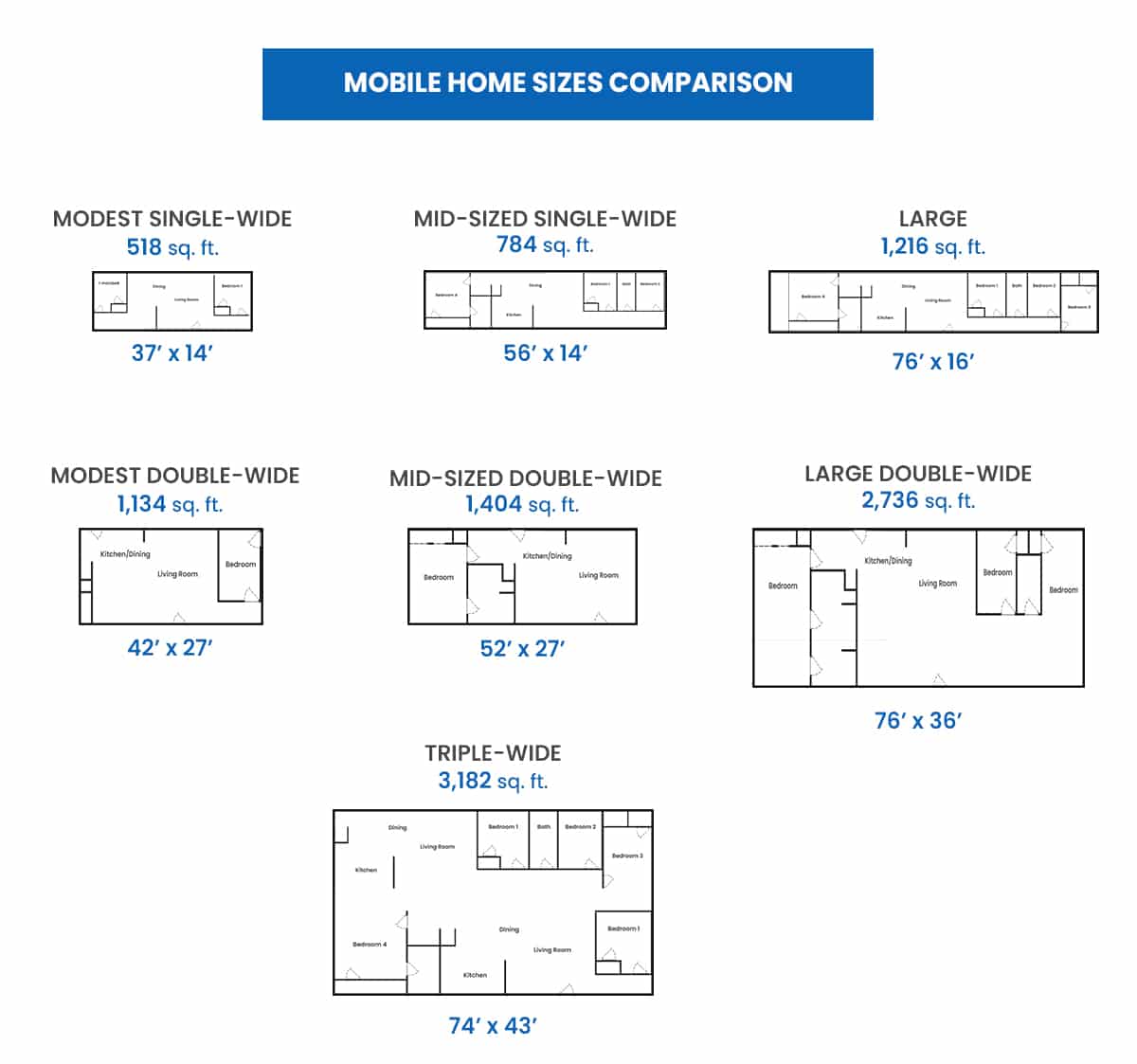
| Type/Model | Dimensions (L x W) | Floor Area (Sq. Ft.) |
| Modest Single-wide | 37 x 14 feet | 518 |
| Mid-sized Single-wide | 56 x 14 feet | 784 |
| Large Single-wide | 76 x 16 feet | 1,216 |
| Modest Double-wide | 42 x 27 feet | 1,134 |
| Mid-sized Double-wide | 52 x 27 feet | 1,404 |
| Large Double-wide | 76 x 36 feet | 2,736 |
| Triple-wide | 74 x 43 feet | 3,182 |
Cost Ranges for Different Sizes and Types of Mobile Houses
Like other things, manufactured homes vary in price depending on size, features, amenities, design, and other manufacturer-determined factors. Although we cannot provide you with a fixed cost of such units, our estimates should give you enough headroom for budgeting.
• Single-wide
Some manufacturers can charge $34,000 per unit, while others can jack up the price to about $64,000. Everything depends on amenities and layouts. And if you opt for custom-built furnishings and fixtures or high-end materials, you can expect the cost to be higher.
• Double-wide
These fabricated homes can top the price charts at about $123,000 or more. However, you can opt for something more basic and pay only around $110,000. As always, price variations depend on several factors, including materials, layout, and amenities.
• Triple-wide
Although a triple-wide mobile home has three single-wide sections, its price can be between a single- and double-wide variant or up to 50% more expensive than a premium double-wide. The price ranges from $82,000 to $177,000 (or more).
What is the Smallest Home You Can Get?
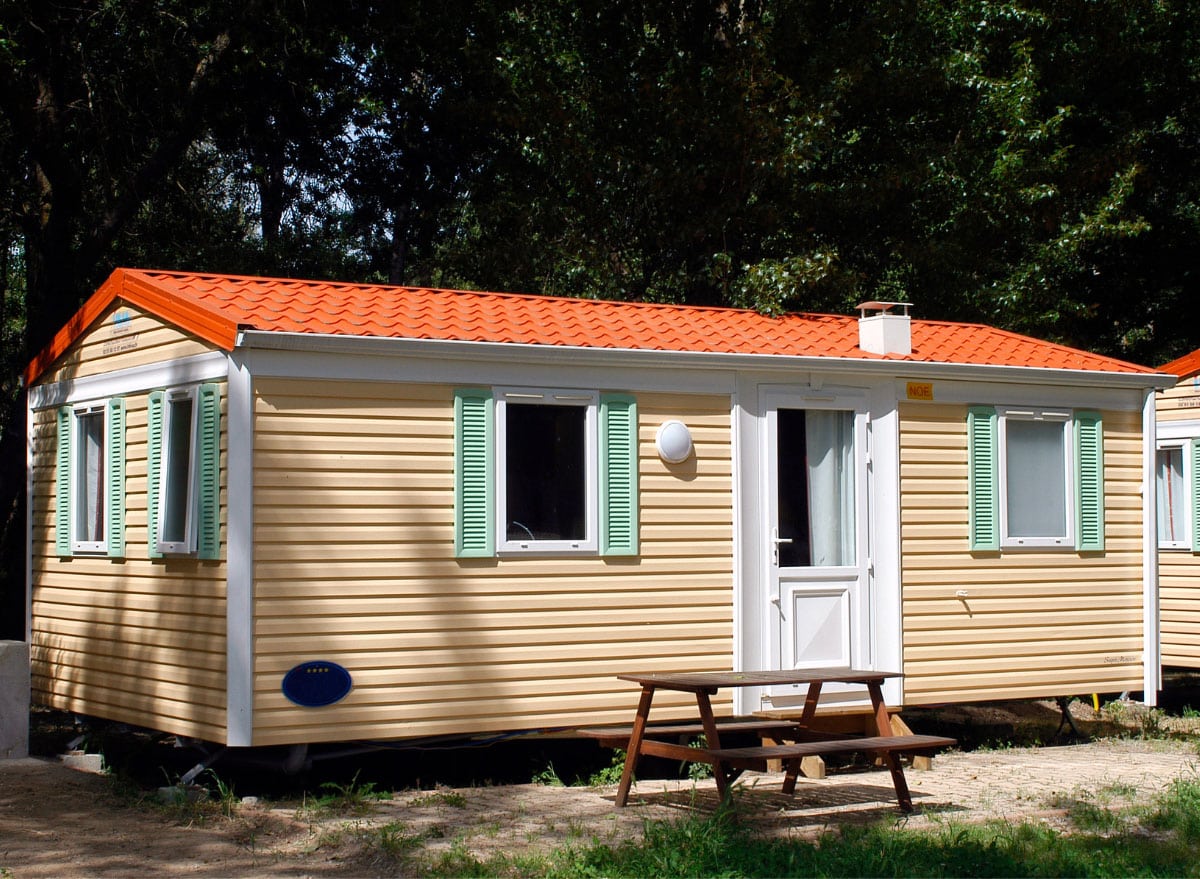
The smallest manufactured home you can buy is a single-wide design, with a length of about 36 to 37 feet (11 meters) and a breadth of 14 feet (4.25 meters). The 500-square-foot (46-square-meter) living space is enough to ensure a comfortable living.
However, this tiny house size might be inadequate if you have a large family. Hence, you might want to consider your household’s space requirements to determine the smallest mobile home size without undermining convenience, comfort, security, and safety.

